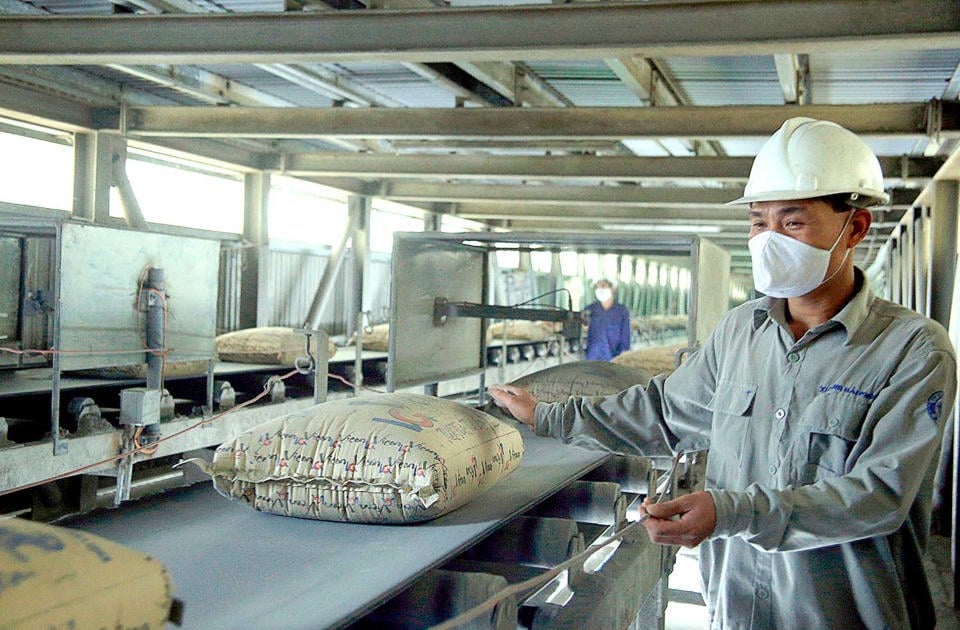
Price increase
Up to now, the prices of input materials such as coal, electricity, etc. have been continuously increasing and show no signs of stopping in the near future. Currently, cement factories are still suffering losses and are at risk of having to stop production.
Faced with the general situation, the Vietnam Cement Association and factories have proposed solutions to remove difficulties for domestic cement manufacturers. Accordingly, to stabilize production and business, minimize losses, and ensure product quality, a number of enterprises have announced adjustments to domestic cement prices.
From January 1, 2025, Bim Son Cement Joint Stock Company has sent a notice to adjust the selling price of bagged and loose cement products of all types to VND 50,000/ton (including VAT). Similarly, Vicem Hoang Mai also announced to adjust the price received at the factory to increase by VND 50,000/ton (including VAT), compared to the current price for all types of bagged cement produced by the company.
The Vissai Group has also sent a notice to its member units (Vissai Ninh Binh Joint Stock Company, Vissai Ha Nam Joint Stock Company, Dong Banh Cement Joint Stock Company, Vissai Song Lam Joint Stock Company and Vissai Song Lam 2 Joint Stock Company) about adjusting the selling price of all types of bagged cement by VND 46,300/ton (excluding VAT).
Tan Thang Cement Joint Stock Company adjusts the selling price of cement to increase by 50,000 VND/ton (including VAT) for all types of Tan Thang bagged and bulk cement in the entire consumption market until a new notice is issued.
Many industry experts believe that the price of input materials such as coal, electricity and other energy costs have a great impact on the cement industry. Coal is one of the main energy sources for producing clinker (the main material in cement production). When the price of coal increases, the cost of cement production also increases. Because coal accounts for a large part of the total production cost of the cement industry, especially in factories using rotary kilns to produce clinker.
Electricity consumption in the cement industry is not only for operating equipment during the cement grinding process, but also in other stages such as clinker grinding, packaging, and transportation. High electricity prices will increase the operating costs of cement plants. As raw material and energy costs increase, the cost of cement products will be pushed up. This can reduce the competitiveness of cement enterprises, especially for those with thin profit margins.
If a company cannot pass on all of the increased costs to customers (through price adjustments), it will suffer a loss in profits. In a highly competitive environment, companies often have to keep prices stable to maintain market share, but this means that profits will shrink as costs increase.
In addition, fluctuations in raw material, electricity and fuel prices can cause instability in the production and business plans of cement companies. In particular, in the context of erratic changes in international energy prices, companies need to have risk management strategies and flexible production adjustments to cope with these fluctuations.
According to the Ministry of Construction, in 2024, the total national cement supply will reach about 122 million tons, while domestic consumption demand will only reach about 60 million tons, leading to excess supply and fierce competition, and falling prices...
The high prices of input materials such as electricity, coal, etc.; the high level of production materials causes production costs to increase sharply. Exports are also facing difficulties due to trade barriers from the Philippines, China and some major markets. The real estate market is sluggish, construction projects from public and private investment sources are slow to disburse, directly affecting domestic cement consumption demand.
Businesses "out of breath"
Recently, on January 9, the Government Office issued a document conveying the direction of Deputy Prime Minister Tran Hong Ha regarding the reflection that Vietnam Cement Corporation (VICEM) reported an additional loss of thousands of billions of VND.
In particular, the Ministry of Construction is requested to preside over and coordinate with the Ministry of Finance and relevant agencies to review the reported incident. At the same time, clarify the cause of Vicem's loss of thousands of billions and propose solutions in the coming time.
Previously, at the 2024 production and business summary conference held on January 7, it was shown that VICEM's clinker production output was 15.94 million tons, reaching 94.3% of the annual plan, down 3.6% compared to 2023. The reason was that the demand for cement and clinker consumption decreased, inventory increased, leading to some factories of VICEM Hai Van and VICEM Ha Long having to stop the kiln, reduce productivity, and equipment mobilization time compared to the plan, to limit clinker dumping to the yard.
VICEM's total cement and clinker consumption output is 23.78 million tons, reaching 98.9% of the 2024 plan, up 5.4% compared to 2023. Of which, cement consumption is about 21.04 million tons, reaching 97.4% of the 2024 plan; domestic cement consumption is about 18.18 million tons, reaching 97.8% of the 2024 plan. Cement exports are about 2.86 million tons, reaching 94.9% of the yearly plan, FOB export price from 40 - 40.5 USD/ton. Clinker exports are about 2.74 million tons, reaching 111.6% of the 2024 plan. VICEM's total revenue in 2024 is 27,151 billion VND.
Currently, VICEM is reviewing, collecting, and analyzing information to develop a feasible and positive production, business, and investment plan for 2025. However, 2025 still has many difficulties and is unpredictable, so VICEM Corporation is making a plan with caution.
Specifically, clinker production output is about 17.87 million tons, up 12.1% compared to 2024; Cement and clinker consumption output is about 25.58 million tons, up 7.6% over the previous year, of which domestic cement consumption is about 19.7 million tons; Estimated revenue is about VND 29,413 billion, up 8.3% compared to 2024.
To solve the difficulties, according to the Ministry of Construction, the Corporation needs to find out the causes, both subjective and objective, to overcome them. Accordingly, it is necessary to focus on strengthening cost management; strictly controlling costs from raw materials, fuel, production, processing, consumption, and business management costs; deploying reasonable supply chains, reducing transportation costs; restructuring member units and loss-making companies, avoiding the risk of losing capital.
Other important solutions are to boost domestic consumption and export; make the most of opportunities from key public investment projects; and seek and develop potential export markets.
Source: https://kinhtedothi.vn/am-dam-nganh-xi-mang.html












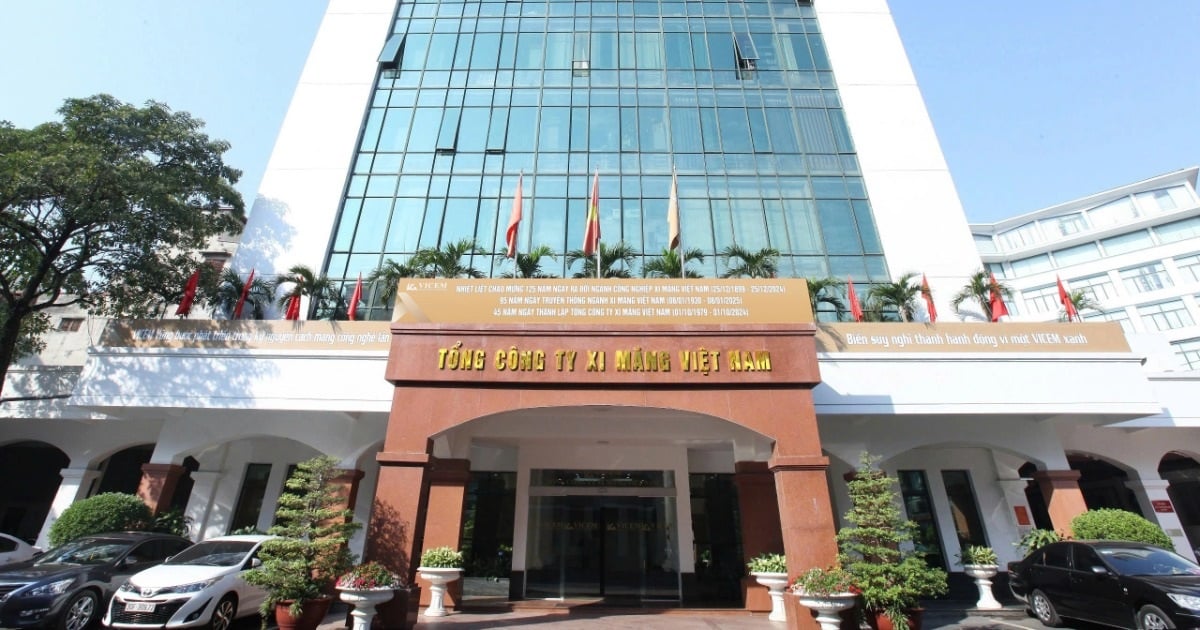

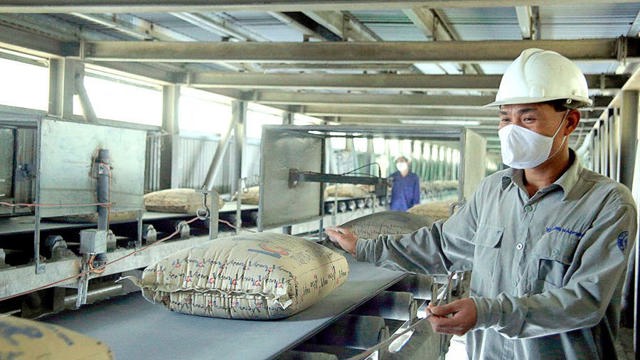
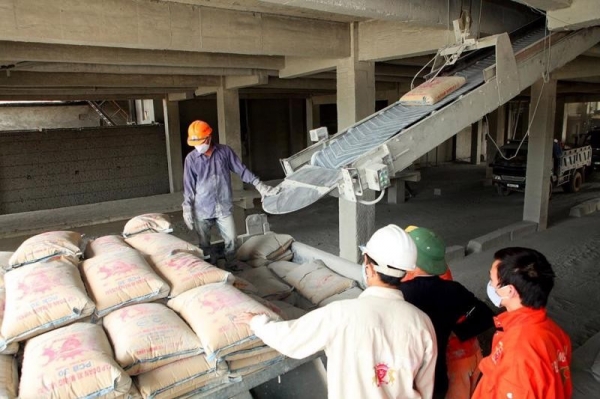

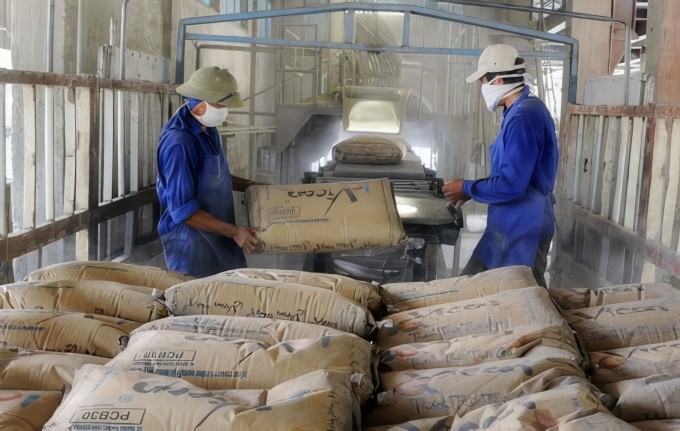

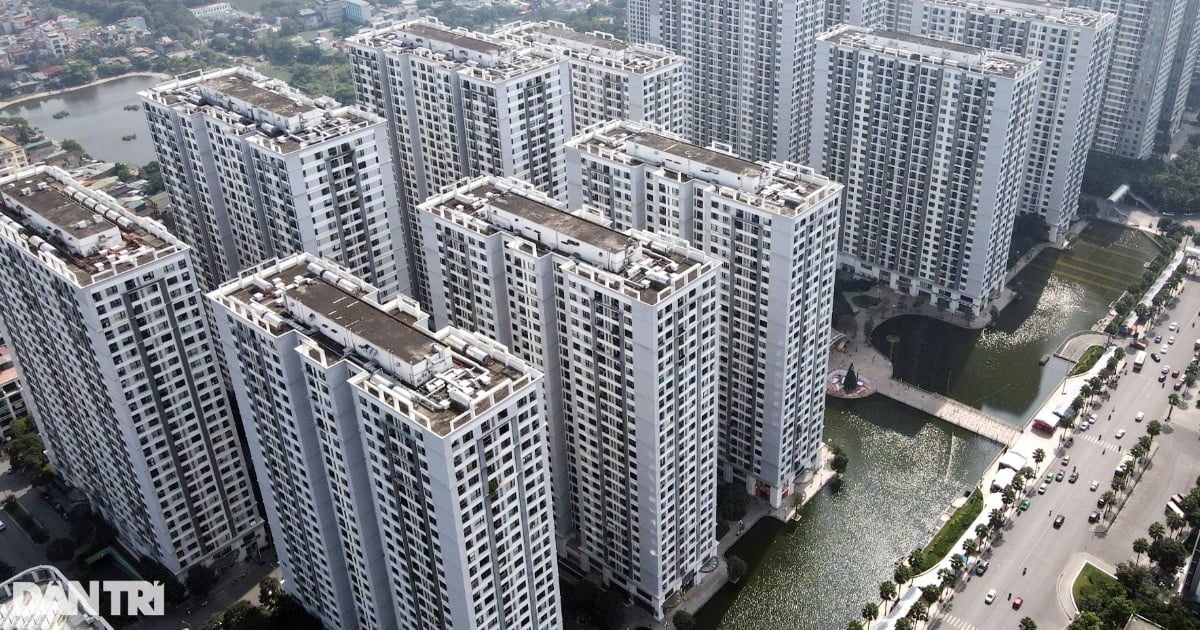


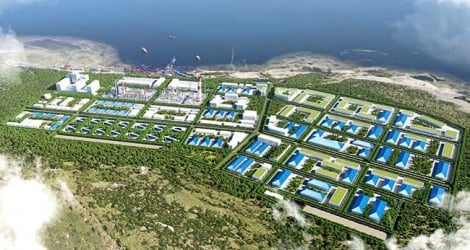






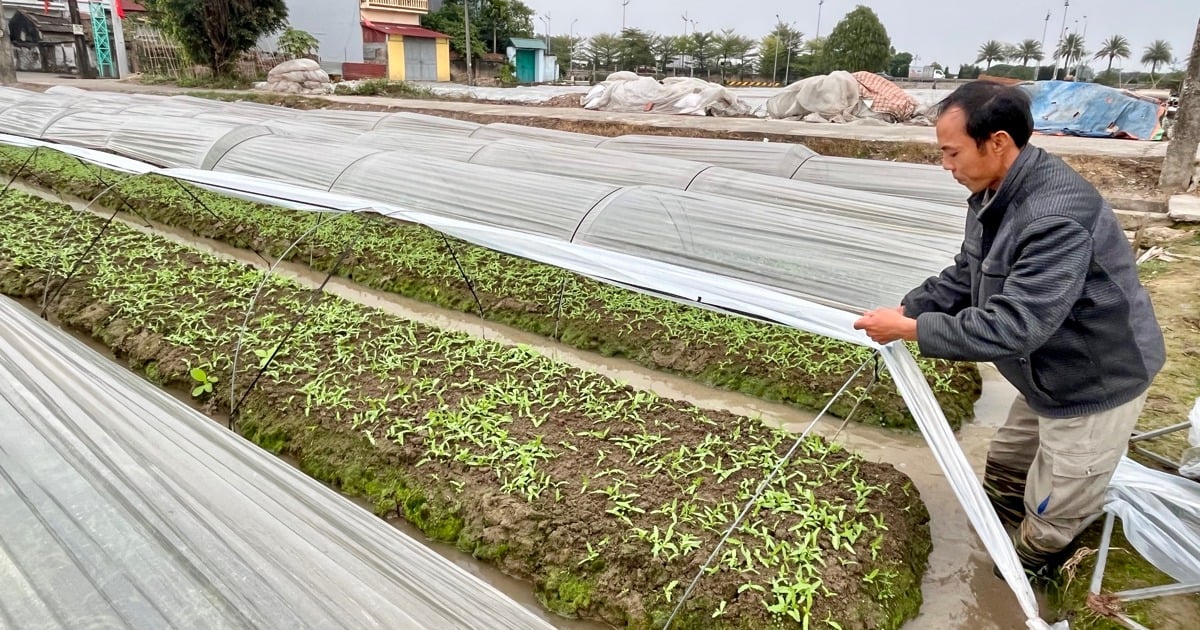












Comment (0)